The Pirates of the Canary Islands

El Castillo de Santa Barbara, built in the 15th century to protect
the port of Teguise from pirate attacks. It was extensively rebuilt in the 16th century and
now houses a piracy museum. Photo courtesy Almudena Alonso-Herrero
When I told Black Gate‘s editor, high guru, and overall generalissimo John O’Neill that I was headed to Lanzarote in the Canary Islands and would visit a castle that had a piracy museum, he was over the Moon. What fantasy blog wouldn’t want an article on that?
Unfortunately for him, I spent my week eating, swimming, and learning to play Grand Theft Auto 5 with my son and nephew. When I finally got around to driving out to the castle, it was closed. Yeah, I failed in my job as a travel writer because I enjoyed my vacation too much.
But the island itself is worth a look, and its history is fascinating. Lanzarote lies in the Canary Island chain just off the coast of Western Sahara. It’s volcanic in origin, with a dramatic coastline ringing an interior that looks like something from a post-apocalyptic movie.
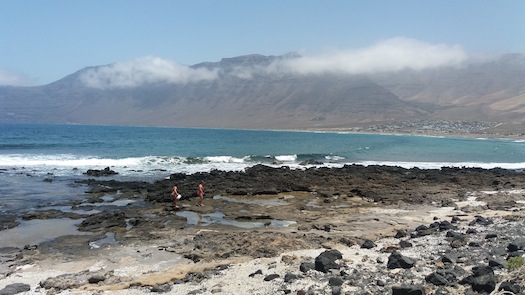
Lanzarote’s beaches may be gritty volcanic stone, but they’re sure attractive.
Photo courtesy Almudena Alonso-Herrero
The island was originally settled by the prehistoric Guanches, who were gradually conquered and colonized by the Castilians in the early 15th century. Lanzarote and the other Canary Islands soon became a stopping point for Spanish ships sailing to the New World. All those gold-laden fleets returning from plundering the Aztecs, Mayans, and Incas of course attracted the interest of the Barbary corsairs, who regularly raided the islands to intercept the ships. They also carried off the local population to supply the slave markets of North Africa. Pirates from Spain’s European rivals joined in the fun too.
Sometimes even local boys became pirates. Ali Romerowas was born in 1640 in Las Palmas de Gran Canaria. He worked as a fisherman before being captured by Barbary pirates and sold in the great slave market of Algiers. He was bought by a pirate who was impressed with Ali’s sailing skills and soon became a pirate himself, eventually rising to become the admiral of the Algiers fleet.
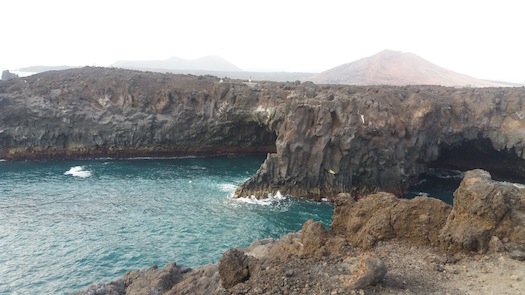
More of Lanzarote’s rugged coastline. I wonder how many ships
shattered on the rocks here? Photo courtesy MiguelTheBest (he is!)
Ali’s accomplishments were overshadowed by partners-in-crime Tabac Arraez and Soliman, two Algerian corsairs who committed the most damaging raid on Lanzarote when they landed in 1618, making off with 900 slaves and huge amounts of plunder. The islanders had seen them coming and had hidden in a cave, but some local told the pirates where his neighbors were hiding. The pirates didn’t get away with all their loot, however, because as they entered the Strait of Gibraltar they found the Spanish Navy waiting for them and suffered a serious defeat.
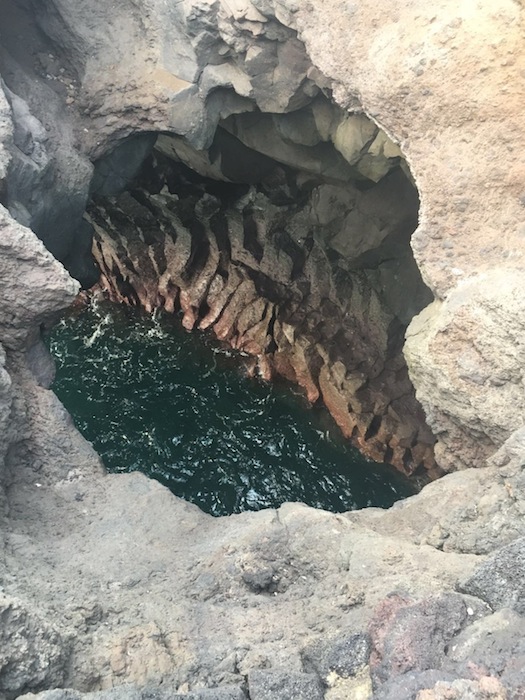
A good hiding place from pirates, assuming your neighbor
doesn’t rat on you. Photo courtesy MiguelTheBest
Now all this bloody history is in the distant past and Lanzarote is mostly a place for holidaymakers. As with the rest of Spain, the food is incredible and there are some fine local vintages. Maintaining a vineyard in volcanic soil with little rainfall is a tricky prospect, as we learned when we visited La Bodega la Querencia, a quiet little place tucked between two volcanic hills. It’s a small bodega, and yet produces two fine white wines, an enjoyable red, and an excellent muscatel.
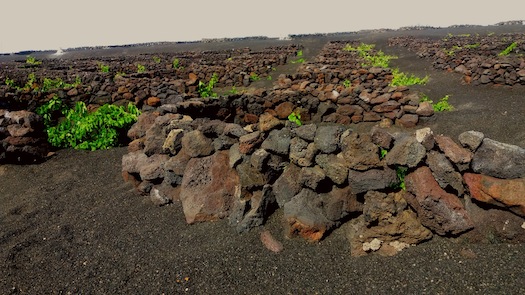
The vineyard of La Bodega la Querencia.
Photo courtesy Almudena Alonso-Herrero
The owner sat at our table in the shady porch and explained that even though there are several springs in the valley, water is still scarce and the plants are set in little pits in the soil, sheltered by low walls in order to preserve as much moisture as possible under the harsh African sun. The technique works pretty well, and his family has been producing wine here for five generations.
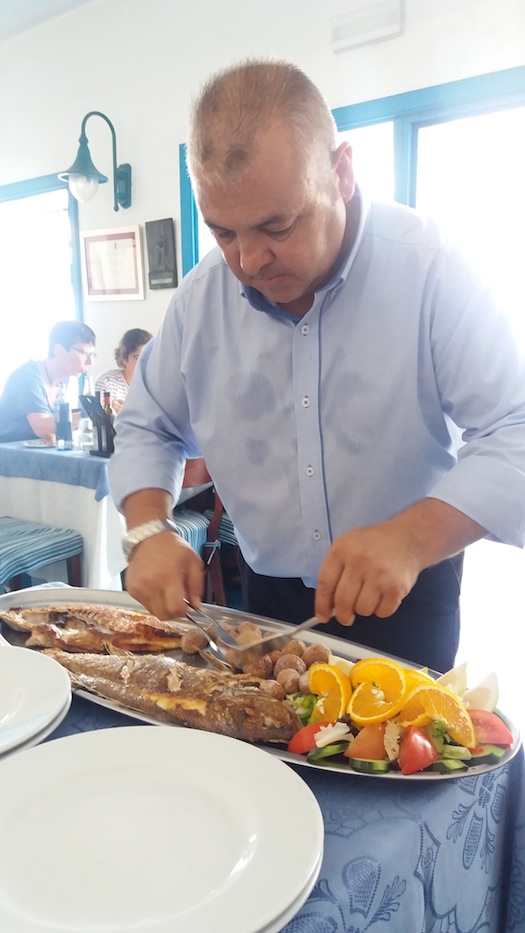
This waiter is the real reason I never made it to the Piracy Museum.
I’m only human, after all. Photo courtesy Almudena Alonso-Herrero
The only thing this trip lacked was a visit to the castle. Don’t worry, John. I might be going back in December and I’ll make a point of going to the piracy museum. Just close the swimming pool and keep that waiter away from me!
More photos below!
Sean McLachlan is the author of the historical fantasy novel A Fine Likeness, set in Civil War Missouri, and several other titles, including his post-apocalyptic series Toxic World that starts with the novel Radio Hope. His historical fantasy novella The Quintessence of Absence, was published by Black Gate. Find out more about him on his blog and Amazon author’s page.
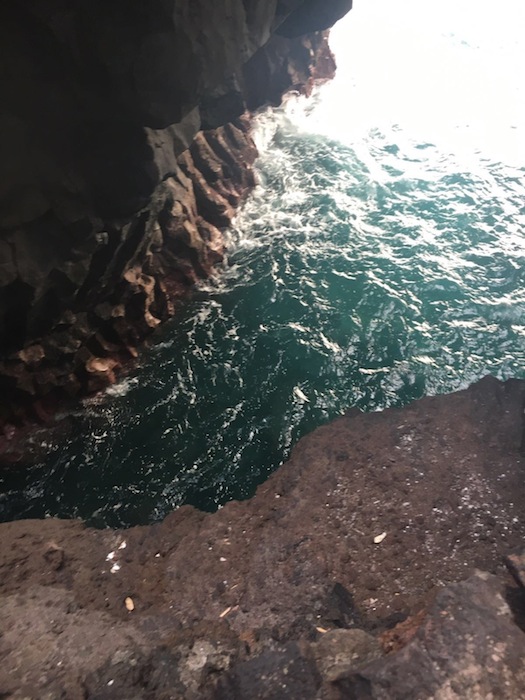
Photo courtesy MiguelTheBest
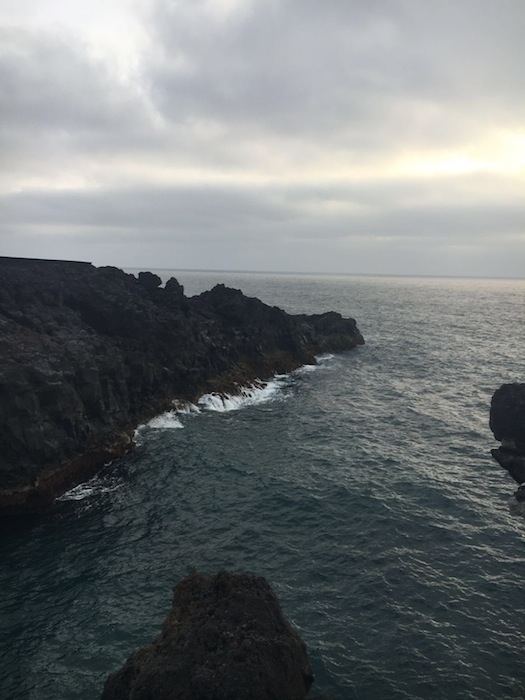
Photo courtesy MiguelTheBest
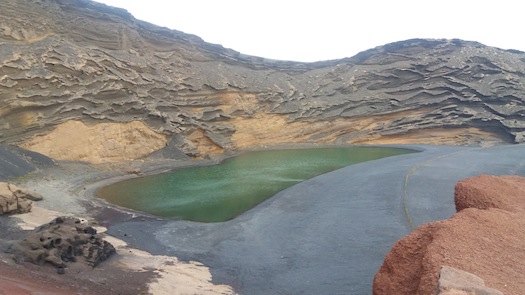
This strange lake, turned green by algae,
featured in a scene in One Million Years BC starring
Raquel Welch. Photo courtesy Almudena Alonso-Herrero
You’re fired, McLachlan!
Apparently there’s a movement in the Canary Islands to reconstruct and revive the ancient Guanche religion. I wonder how public they are in their affiliations. Is it easier to return to the polytheism of one’s more-distant Canarian ancestors, or the less-distant ancestors’ piratical profession?